The Climats, terroirs of Burgundy
By Eloise
What are the Climats, terroirs of Burgundy?
The Climats of Burgundy refers to a unique and meticulously delimited patchwork of vineyards that stretch across the Côte de Nuits and the Côte de Beaune, south of Dijon, in France’s Burgundy wine region. Each climat is a precisely-defined plot of land with distinct geological and climatic conditions, contributing to the production of some of the world’s finest wines, such as Montrachet, Nuits Saint Georges, Clos de Vougeot or Chambertin, for example.
Disclosure: This article contains affiliate links. Making a purchase through an affiliate link will mean a small commission for this website. This will not affect your price. Privacy policy.
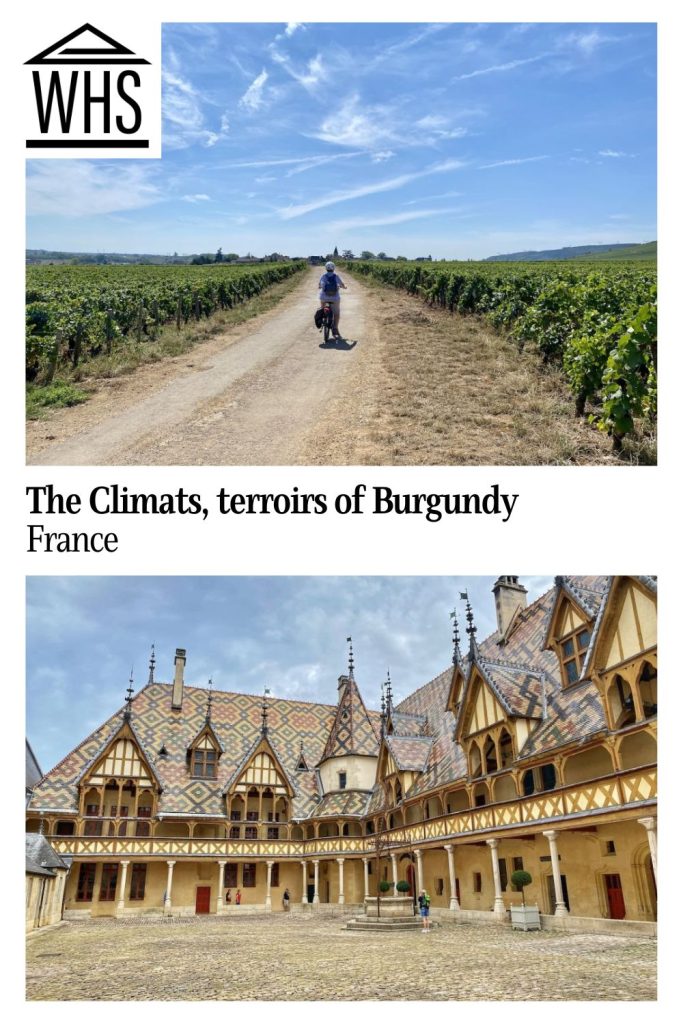
Why are the Climats of Burgundy a World Heritage site?
The UNESCO recognition of the Climats of Burgundy is a tribute to the centuries-old tradition of winemaking in the region. The vineyards represent a perfect marriage of human ingenuity and the natural landscape, showcasing the delicate link between soil, topography, and grape varieties. This exceptional terroir (quality of the wine due to the particular place where it is cultivated) has been preserved and passed down through generations, showing the cultural and historical significance of winemaking in Burgundy.
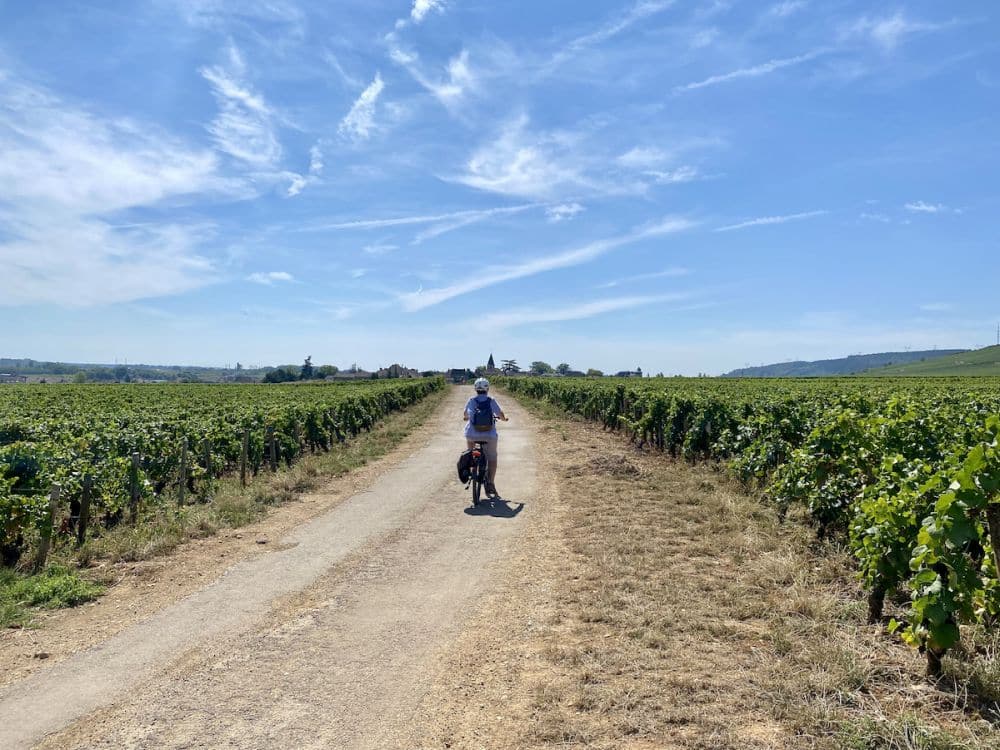
What can you expect on a visit to Climats of Burgundy?
When visiting the Climats of Burgundy, you can obviously expect to taste delicious and famous wines. What I didn’t anticipate was how the experience would appeal to all group members, even the kids.
The Climats of Burgundy are located south of Dijon all the way to Beaune, two charming cities with architectural wonders and fascinating history. Dijon even became one of my favourite cities in France!
You’ll find a few museums in both cities, including the Cité of Wine and Gastronomy in Dijon, which has a space entirely dedicated to the Climats of Burgundy and the new Cité des Climats in Beaune, which was under construction during our trip but will surely enhance the visitor experience.
When you explore outside of town, the vine-covered slopes make a stunning backdrop. From toddlers to seniors, our family found it fun to cycle from one winery to another across the vineyards and away from busy roads. If you’re lucky enough to visit in autumn, the colour of the Côte d’Or (or means “gold”) is stunning.
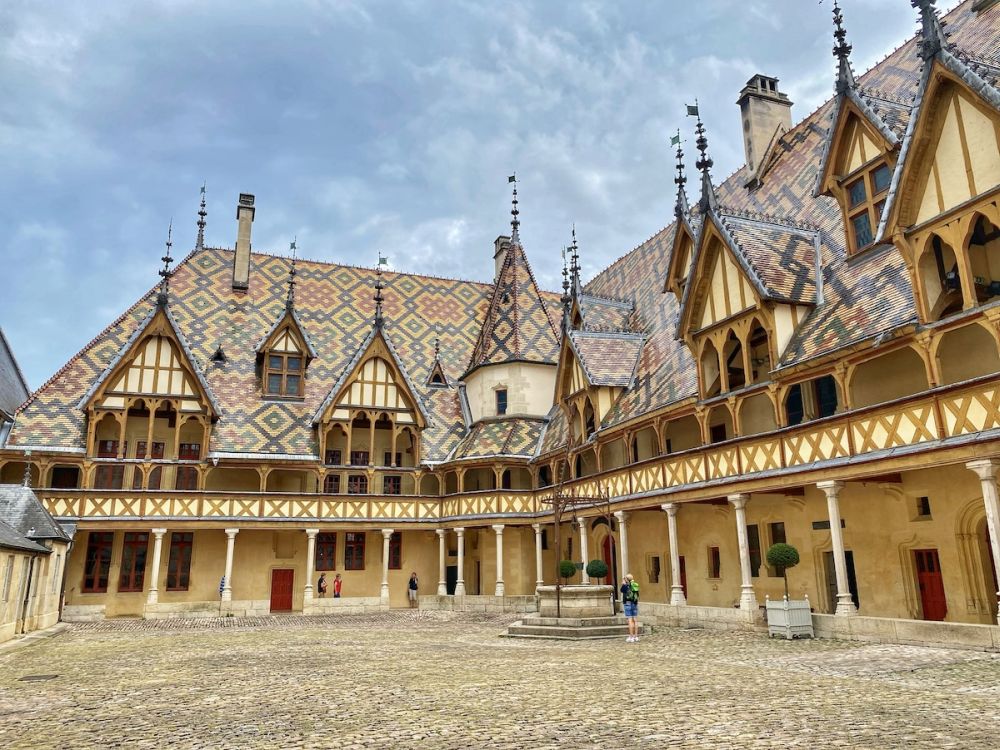
Are the Climats of Burgundy worth visiting?
Absolutely, without a doubt, especially if you appreciate good wine and food. But history lovers and those simply looking for a quiet escape will also love it. The Climats of Burgundy themselves can be seen in just a day. But you’ll need at least an extra day to visit Dijon and its museums comfortably. I recommend staying for a few more days to spend time in the nearby villages and regions.
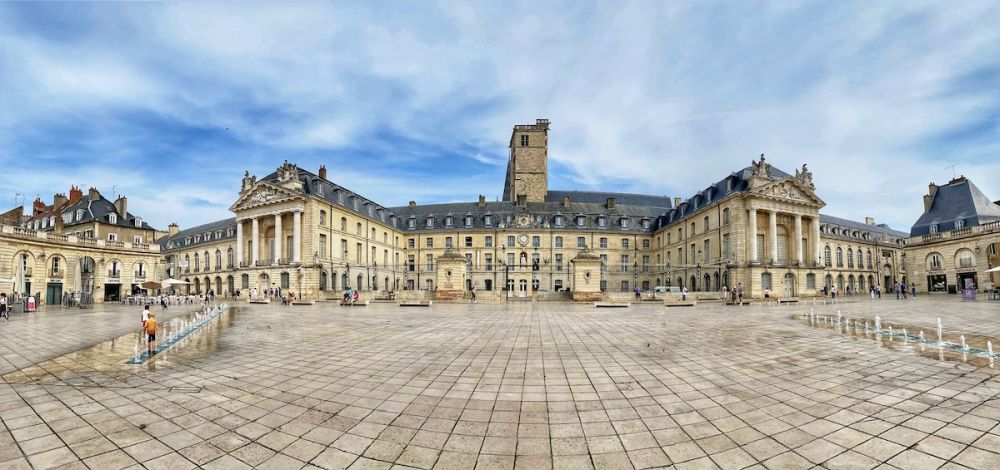
What sorts of travelers would like Climats of Burgundy?
While targeting wine lovers first, the Climats of Burgundy will actually please a diverse range of travelers. Wine connoisseurs will love the opportunity to taste some of the world’s most celebrated wines right where they come from and join workshops to improve their knowledge. Food lovers will find some fine restaurants to pair these wines with delicious local food. History enthusiasts will be amazed by Burgundy’s local architecture and fascinating history. Nature lovers will appreciate the stunning landscapes and the many active options to visit the vineyards such as cycling or hiking. They even cater to families with special children’s trails or activities in some wineries and museums.
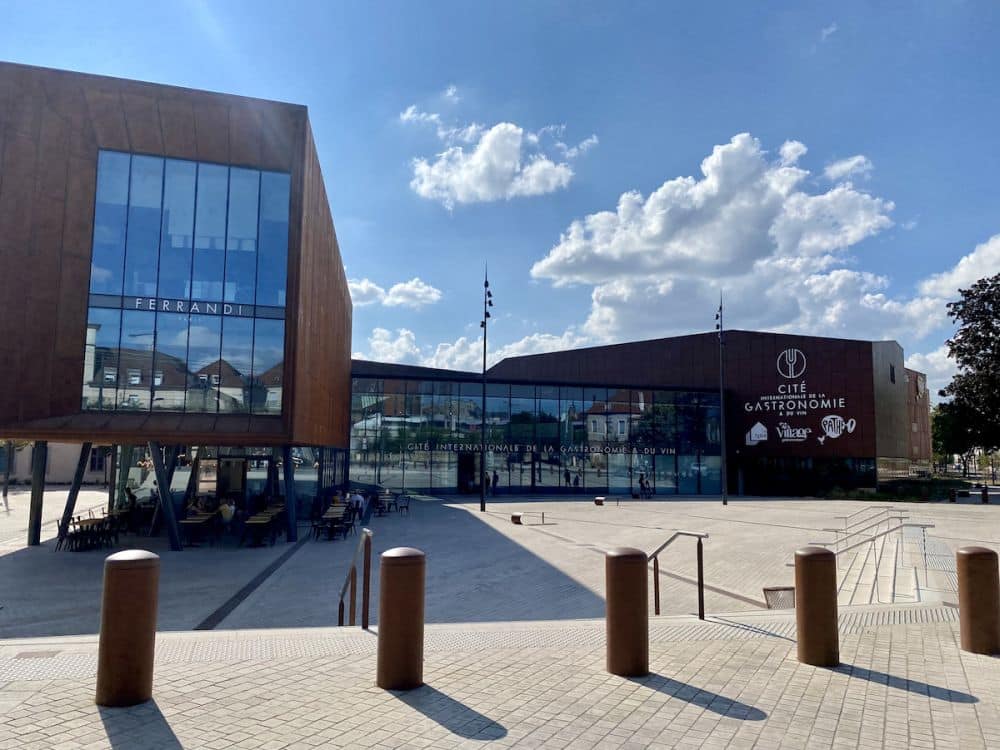
Tips for visiting Climats of Burgundy
- Consider joining guided tours to better understand the region’s history, culture, and winemaking techniques. Try this full-day tour or this half-day tour. This is also the best option if you don’t want a designated driver.
- Try not to plan your visit during the grape harvest season, as winemakers may have other priorities than tourism at this busy time. The harvest started early the year we visited, in August, and our choice of wineries was limited as it was the first day of harvest for many of them! However, it was interesting to see them working.
- Book accommodations ahead of time in Beaune or Dijon.
- Allow time to wander through the charming villages and visit both Dijon and Beaune. The Climats of Burgundy are only one area where they produce wine in Burgundy, so wine lovers will be interested in visiting the nearby regions. Vezelay church and Fontenay Abbey, both of them UNESCO-listed sites, are not far. Neither are the UNESCO-listed Great Saltworks of Salins-les-Bains.
- Download the app “Balades en Bourgogne” to find cycling and walking circuits with guided audio.
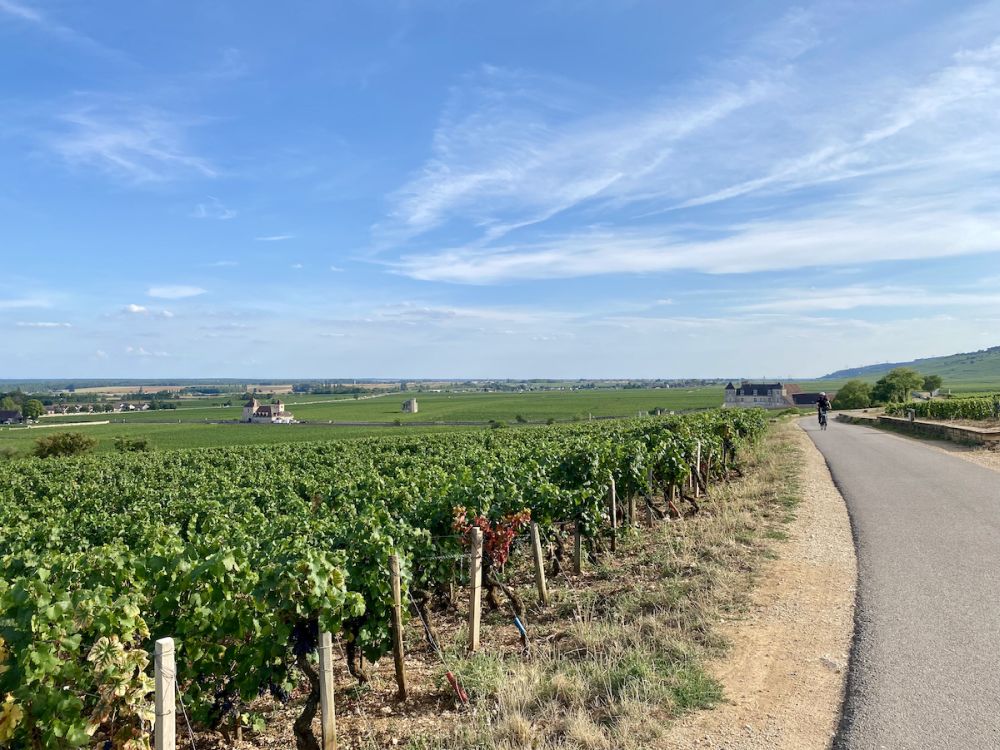
Where are Climats of Burgundy?
The Climats of Burgundy are situated in the eastern part of France, primarily in the Côte de Nuits and the Côte de Beaune regions. The area extends from Dijon in the north to Santenay in the south.
Dijon and Beaune are the two gateways to the Climats of Burgundy. Both are easy to reach by train from France’s main cities, Paris and Lyon. You will need a vehicle or a tour to get to some of the most prestigious vineyards.
For more information about the Climats of Burgundy and upcoming events in the wine region, see its official website.
Have you been to the Climats of Burgundy? If so, do you have any additional information or advice about this UNESCO World Heritage site? Please add your comments below!

